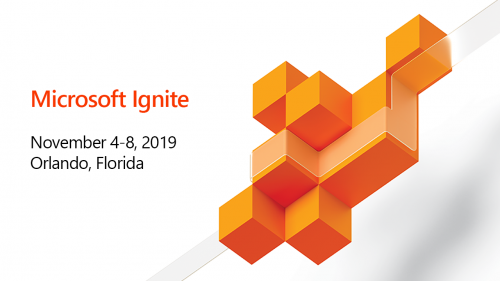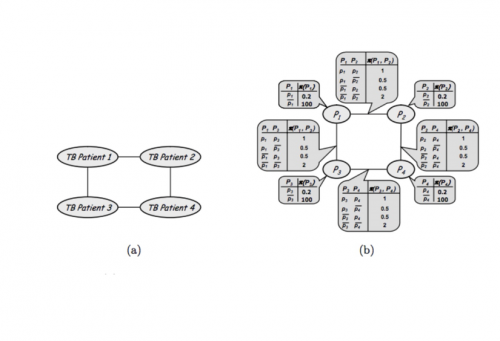
ODSC West 2020 Probabilistic Programming and Bayesian Inference with Python
English | Size: 1.51 GB
Category: Tutorial
If you can write a model in sklearn, you can make the leap to Bayesian inference with PyMC3, a user-friendly intro to probabilistic programming (PP) in Python. PP just means building models where the building blocks are probability distributions! And we can use PP to do Bayesian inference easily. Bayesian inference allows us to solve problems that aren’t otherwise tractable with classical methods.

